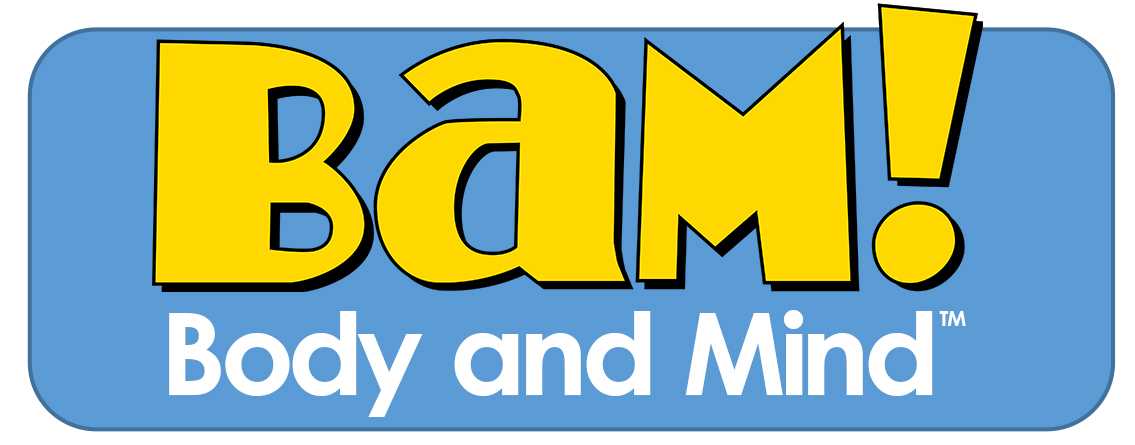Ohio
District Transforms the Nutrition Environment of Its Schools
Changes to school meals led to a 350% increase in produce consumption
in one district.

The Ohio Department of Health and the Ohio Chapter of Action for Healthy Kids assessed district wellness scores from WellSAT and found a willingness to make wellness policy changes. Schools used CDC’s School Health Index to assess school policies and practices and develop an action plan for improvement. As a result, several schools are transforming the nutrition environment.
Ohio’s Cloverleaf Local School District, one of 15 districts to receive CDC funding for school health, noticed extraordinary results after embracing innovative plans to improve its nutrition program. These successes are inspiring some of the other 14 districts—a mix of rural, suburban, and metro districts—to take similar measures to encourage more fruit and vegetable consumption, reduced sodium intake, and healthier food and beverage choices.
IMPACT
Cafeteria staff of schools in the Cloverleaf District moved the salad bars to a high-traffic location so students could have more exposure to these options. This move led to a 350% increase in produce consumption. To reduce the sodium intake, the food service staff left off sodium on baked fries and chicken fingers and substituted a blend of 20 herbs. Students came up with creative names for the flavorful blends and started a blog to generate interest in new varieties of herb blends.
With the help of a Smarter Lunchrooms grant, student taste-testing events and recipe cards for home-based meals followed, all to the benefit of the 2,657 students enrolled in the Cloverleaf District. A student food advisory committee was created to obtain feedback and ideas to increase healthy food sales, marketing, and intake. In addition, an elementary-level cooking class, “Top Chef”, was implemented in the Cloverleaf District to engage younger kids and educate parents on how to encourage healthy eating at home.
The focus among other school districts in Ohio has been on reducing the consumption of sugar-sweetened beverages or increasing the prices of less nutritious foods, as a deterrent to purchasing. Schools received small grants to make improvements, such as adding water fusion drink stations to encourage more water intake.
- Page last reviewed: June 20, 2017
- Page last updated: June 20, 2017
- Content source:



 ShareCompartir
ShareCompartir